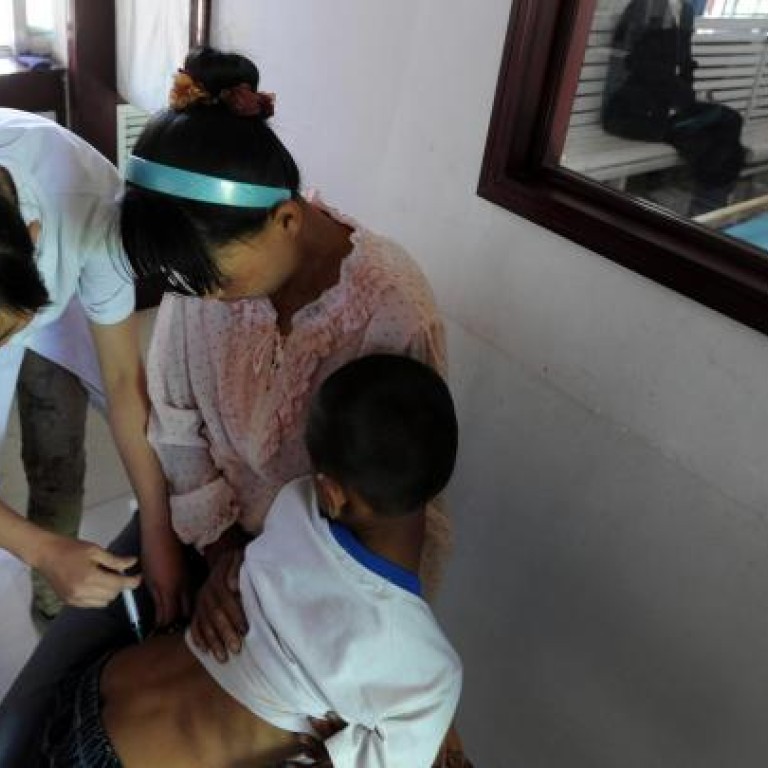
China spending on health care forecast to hit US$1tr in 2020
Report finds wider insurance coverage and an ageing population will triple mainland costs
Health-care spending in China will almost triple to US$1 trillion annually by 2020, driven by an ageing population and government efforts to broaden insurance coverage, according to a McKinsey report released yesterday.
China would spend more on drugs, medical devices and hospital treatments as it lifted spending to 7 per cent of gross domestic product, from 5.5 per cent, or US$350 billion, in 2010, McKinsey said.
This would make it the biggest market globally by 2020 after the United States, which in 2009 spent US$2.5 trillion, or 17.6 per cent of its GDP, on health care, the consulting company said.
"This will be a key priority for China in the coming years. The government is trying to promote social harmony, and closing the gap on health care is a big part of this," said Franck Le Deu, a Shanghai-based McKinsey partner. "This market is still in an early stage of development."
The government raised its spending on health care to 737.9 billion yuan (HK$902.5 billion) last year, up from 359.4 billion yuan in 2008, the Ministry of Health said. It raised medical insurance coverage to more than 95 per cent of the population and added diseases such as lung and gastric cancer to an insured list.
Global drugmakers including Pfizer, Novartis and GlaxoSmithKline have hired more sales representatives and expanded product lines in China, in search of growth to offset losses of patent protection on best-selling drugs elsewhere. Those ambitions are being curbed by the government's policies aimed at reducing medical costs.
"Back in the early 2000s, it was pretty easy for multinationals to grow 25 to 35 per cent a year in China," said Le Deu, who heads McKinsey's greater China health-care practice. "To some extent, those easy days are over. The going is getting tougher in terms of complexity and requirements for success."
Multinational drugmakers that want to expand in China face a more difficult environment amid policy changes such as how drugs are priced and bought by the government, according to the report. They will also need local partners.
There would be "a string of major deals over the next few years" as foreign drug companies rushed to partner with Chinese producers, McKinsey said. "The days of being able to do it alone in China have ended," it said.
Companies that have announced deals include Pfizer, which said in February it would own 49 per cent of a US$295 million venture with Zhejiang Hisun Pharmaceutical to develop off-patent drugs in China, while Merck signed a deal with Nanjing-based Simcere Pharmaceutical Group last year to produce cardiovascular medicines.
Multinationals should also shift focus towards more innovative products that were partly researched and developed in China, as these would come to market sooner, and offset competition from locals offering low-priced generics, Le Deu said.
"They've had success with mature products that are largely off-patent in other markets. But over time those products will come under increasing pressure, so it's more important to have innovative, patented drugs launched in China," he said.

